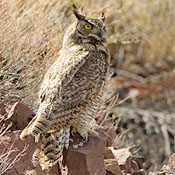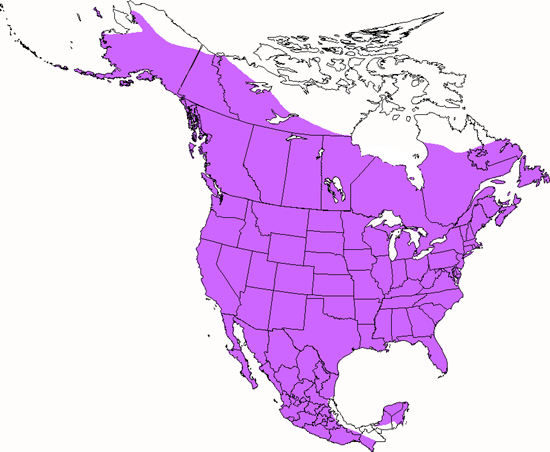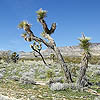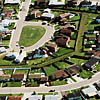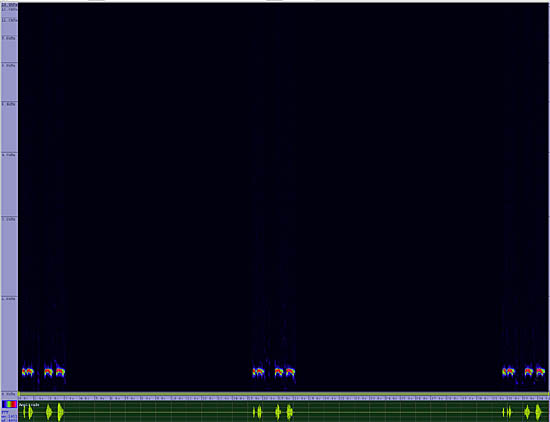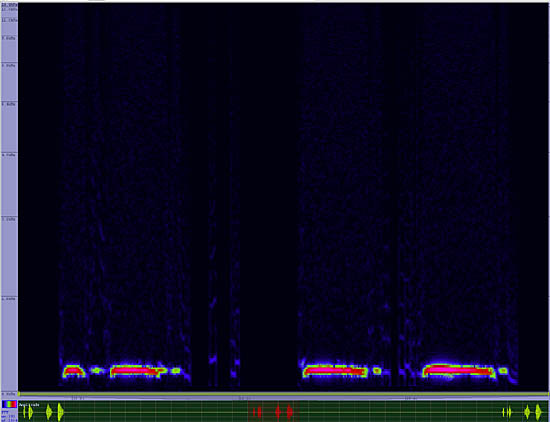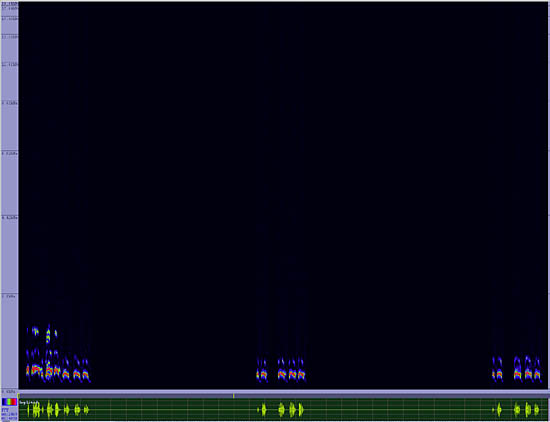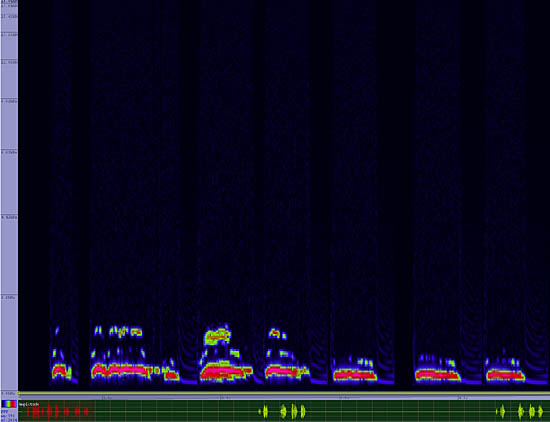Great Horned Owl
Bubo virginianus

Owls
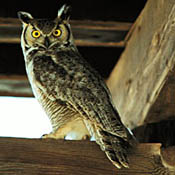
Length: 22 in. (56 cm )
Occurring from northern Alaska to Argentina, this huge owl also occupies a wide range of habitats from tundra to subtropical forests. It hunts only at night and relishes mammals, such as skunks, rabbits and squirrels, but it will also eat large birds, fish, frogs, reptiles and scorpions. During the day, it roosts high in a tree and is often quite obvious. This owl nests in abandoned hawk, crow, and raven nests, but it will also use large tree cavities, crevices in cliff faces or almost any other protected site. It frequently enters suburban areas and even well vegetated cities.
The four-digit banding code is GHOW.
Bibliographic details:
- Article: Great Horned Owl
- Author(s): Dr. Biology
- Publisher: Arizona State University School of Life Sciences Ask A Biologist
- Site name: ASU - Ask A Biologist
- Date published: 13 Jul, 2017
- Date accessed: 31 July, 2025
- Link: https://askabiologist.asu.edu/activities/bird/great-horned-owl
APA Style
Dr. Biology. (Thu, 07/13/2017 - 15:37). Great Horned Owl. ASU - Ask A Biologist. Retrieved from https://askabiologist.asu.edu/activities/bird/great-horned-owl
Chicago Manual of Style
Dr. Biology. "Great Horned Owl". ASU - Ask A Biologist. 13 Jul 2017. https://askabiologist.asu.edu/activities/bird/great-horned-owl
MLA 2017 Style
Dr. Biology. "Great Horned Owl". ASU - Ask A Biologist. 13 Jul 2017. ASU - Ask A Biologist, Web. https://askabiologist.asu.edu/activities/bird/great-horned-owl
Be Part of
Ask A Biologist
By volunteering, or simply sending us feedback on the site. Scientists, teachers, writers, illustrators, and translators are all important to the program. If you are interested in helping with the website we have a Volunteers page to get the process started.



